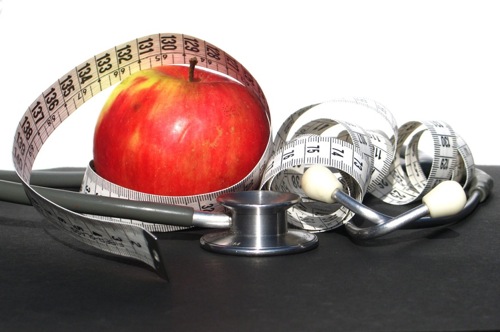By 2020, four out of five of your friends, coworkers, family members and neighbors will be overweight or obese, and half of them will be diabetic or prediabetic.
Less than 5 percent of Americans enjoy ideal cardiovascular health, and today's teens will die younger of heart disease than people of prior generations. According to Dr. Donald Lloyd-Jones, professor of medicine at Northwestern University Feinberg School of Medicine, the current generation of teens -- characterized by high blood sugar, surplus weight, poor eating habits, smoking and limited exercise -- are the unhealthiest in our history. Dr. Jones bluntly predicts, "Their future is bleak."
Public health officials joylessly report another first place: Obesity has replaced smoking as the leading cause of preventable death.

Photo courtesy of Sanja Gjenero
Today's reality, however, does not dictate the future. Here are trends and predictions that can create a positive turning point in the battle of the bulge:
Exercise Trends
- Whole-life training, encompassing a comprehensive and holistic approach to changing one's lifestyle to achieve optimum health, is expanding in fitness facilities. A multidisciplinary approach (involving nutritionists, psychologists, physical therapists and personal trainers) will continue to support health-conscious fitness club members.
Food Trends
- According to a national survey conducted by the Calorie Control Council, over half of all adult Americans (54 percent) are trying to lose weight, and the majority are combining calorie restriction with exercise. Most of those trying to lose weight (92 percent) are unwilling to follow restrictive diets such as the Dukan or Atkins diet. Instead, they are eating smaller portions, eating more low-calorie foods and cutting back on sugar by consuming sugar-free foods and beverages.
Institutional Shifts
- Studies that demonstrate the relationship between poor nutrition and lowered academic performance are fueling the scratch cooking movement. Boosted by the popularity of Jamie Oliver's Food Revolution television series, school lunch makeover programs are invigorating local communities by creating opportunities for sustainable local agriculture and, as a byproduct, promoting a healthier environment.
Research and Technology
- To shrink waistlines, consumers are increasing their use of online programs and applications. For example, they can track calories, record exercise, get nutrition counseling and gain emotional support from peers online. They can even compete for cash prizes for weight loss.
Rising hunger and food insecurity in the midst of an epidemic of obesity seems counterintuitive, yet about 48.8 million Americans face this situation daily. The number of families receiving food assistance increased by nearly a third last year.
Equally counterintuitive -- given the high percentage of individuals who will suffer from the health complications resulting from obesity -- is the prediction that Americans will continue to live longer. Life expectancy in 1915 was age 54. By 1967, the age increased to 70. Today's average lifespan in the United States is 78, and experts predict that within 50 years, the age will rise to 100.
Without a doubt, our expanding knowledge of the underlying issues of fitness and obesity are being reshaped by research made possible by advances in technology. In responding to the fast-changing flow of information, one thing is certain: Flexibility and balance in our lives will continue to be essential.
For more by Carole Carson, click here.
For more on obesity, click here.
For more on fitness and exercise, click here.